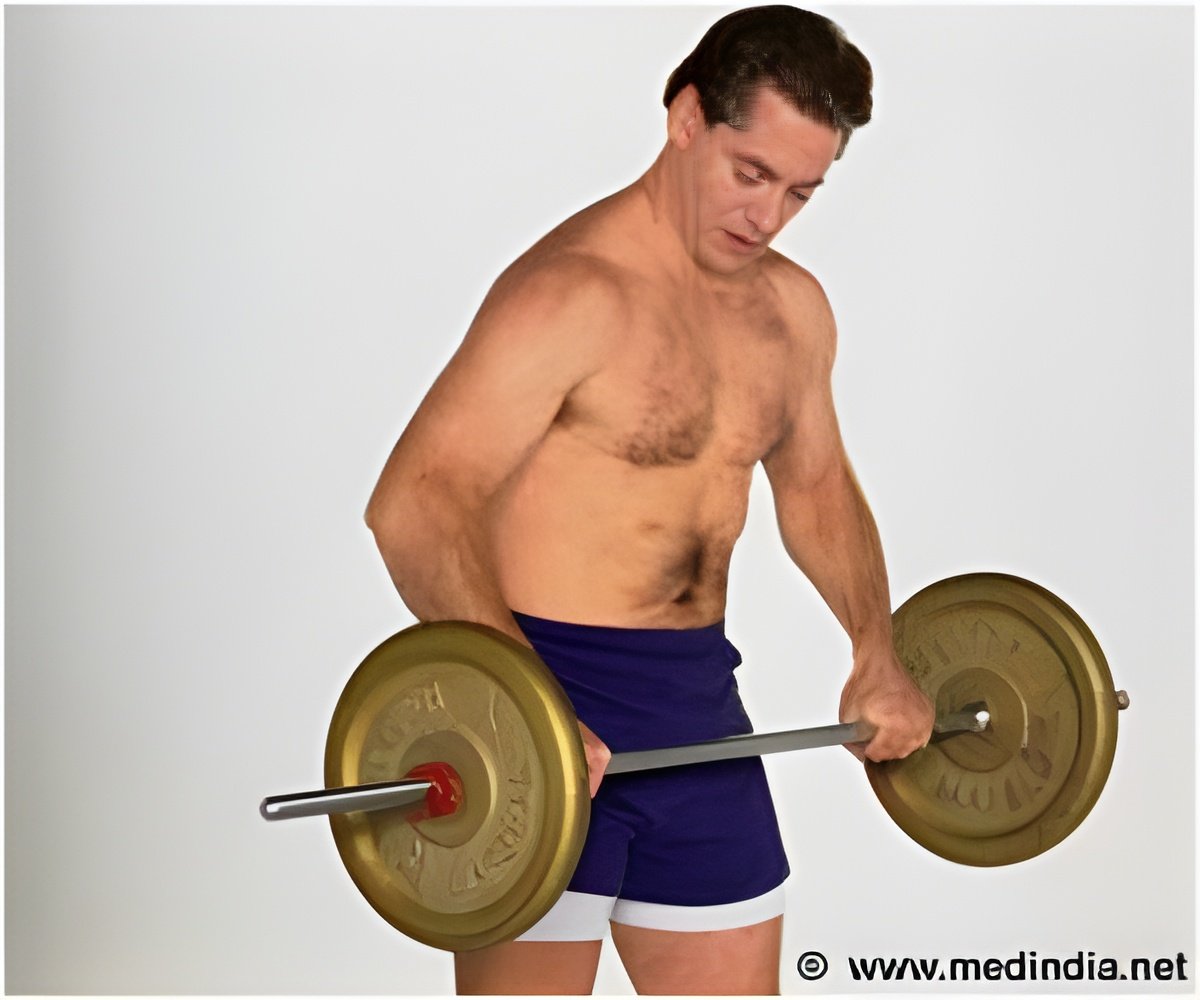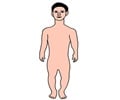
"In this study, we wanted to determine, on a molecular level, what makes a muscle fit during development or following exercise. This information is relevant to our efforts to improve muscle fitness in many health conditions, such as aging, cancer, and heart failure. These findings may also prove useful for our active members of the military, who become 'detrained' during injury and recovery time," said Daniel P. Kelly, M.D., director of Sanford-Burnham's Diabetes and Obesity Research Center and senior author of the study.
Marathon vs. couch potato mice
Fit muscle is known for its ability to do two things: 1) burn fat and sugars and 2) switch between slow-twitch and fast-twitch muscles. According to Kelly, muscle fitness only occurs if both are functioning properly.
Increased muscle endurance cannot occur without boosting both of these muscle components. Kelly and his team set out to determine what connects muscle metabolism and structure. To do this, they turned to two different mouse models, each specially engineered to produce distinct but related proteins that turn muscle-specific genes on and off.
The first model, dubbed the "marathon mouse," has a muscle-gene regulator called PPARβ/δ. These mice can run much further than normal mice. The second model, known as the "couch potato mouse," produces a different muscle-gene regulator, called PPARα. These mice are able to burn a lot of fuel, but they can't run very far.
Advertisement
To identify the link between muscle metabolism and muscle fiber type-switching, Kelly's team compared the molecular differences between these two disparate mouse models.
Advertisement
The two mouse models also differed in molecular profiling, according to this study. The team discovered that marathon mice produce certain microRNAs that are capable of activating the fiber switch. By comparison, this same circuitry is suppressed in couch potato mice.
Digging a little deeper, Kelly's team determined that PPARβ/δ is connected to microRNAs via an intermediary called estrogen-related receptor (ERRγ). This protein collaborates with PPARβ/δ to turn on microRNAs. That's why marathon mice are fitter and have more type I muscle fibers than couch potato mice—their PPARβ/δ and ERRγ induce the right microRNAs.
Muscle-boosting potential for patients
To determine if their findings were relevant to human health, Kelly and his team worked with Steven R. Smith, M.D., director of the Florida Hospital—Sanford-Burnham Translational Research Institute for Metabolism and Diabetes. From there, the team obtained muscle tissue from sedentary people (those who don't exercise regularly) and active people in good shape.
Sure enough, ERRγ and one of the microRNAs elevated in PPARβ/δ marathon mice were also increased in active people, but not the sedentary group.
"We're now conducting additional human studies to further investigate the ERRγ-microRNA circuit as a potential avenue for improving fitness in people with chronic illness or injury," Kelly said. "For example, next we want to know what happens to this circuit during exercise and what effect it has on the cardiovascular system."
Source-Eurekalert














